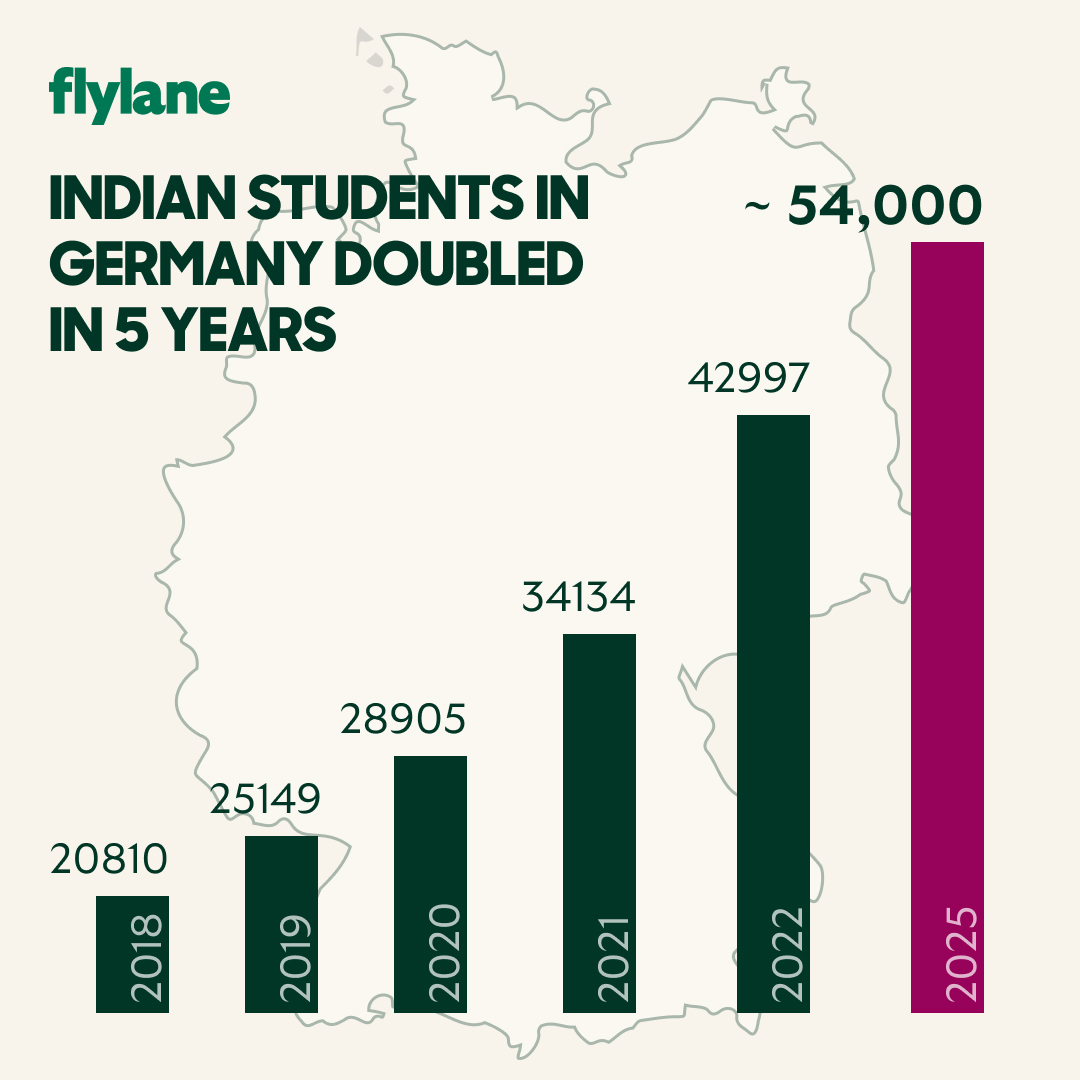

Studying abroad is a dream for many Indian students, but let’s be honest, the cost can feel overwhelming. Between tuition, travel, and daily expenses, it’s easy to assume it’s out of reach.
The good news? With smart planning, the right country, and expert advice, studying abroad on a budget is absolutely possible.
In this guide, you’ll learn how to cut costs, apply for scholarships, choose affordable destinations, and save money, while still getting the full international experience. You can also get practical tips from our counsellors to build a plan that works for your family.
Yes, Indian students can study abroad on a budget by combining scholarships, choosing low-cost destinations, and planning early. Budget study abroad doesn't mean poor quality, it means smart financial planning.
Studying on a budget doesn’t mean compromising on your child’s future. It means making intentional decisions: choosing countries where tuition is low or free, applying for aid, and managing daily expenses wisely.
For example, Germany and Norway offer tuition-free education at public universities, even for international students. In fact, Indian students are now the largest international student group on German campuses, thanks to affordable tuition and high-quality education. Add in a scholarship or part-time job, and total costs can drop even further,making a global degree far more accessible than many families expect.
Want to go a step further? Learn how some families manage to study abroad for free.

Before thinking about housing or groceries, the biggest cost families worry about is tuition fees, and rightly so. For many international programs, tuition alone can account for 60–70% of the total budget. But here’s the encouraging part, there are real ways to bring that number down:
Apply for scholarships and fellowships
Scholarships are the #1 way to reduce or even eliminate tuition costs. Indian students can apply for:
Tip: Start early and prepare a strong SOP and academic profile.
Explore more ways to study abroad with scholarship.
Many countries offer excellent public universities with no or very low tuition fees for international students:
Public universities often cost far less than private ones and still offer world-class education.
Some Indian universities have student exchange partnerships with global institutions. These allow you to study abroad for a semester or year while paying local Indian tuition rates.
Additionally, students have successfully raised funds via platforms like:
Crowdfunding works best when combined with community outreach and a strong academic story.
Want a step-by-step plan to study abroad? Talk to our study abroad consultants for free.
Once tuition and fees are under control, the next big focus is managing everyday living expenses. For Indian students studying abroad, monthly costs like rent, food, transport, and phone bills can quickly add up, especially in cities with a high cost of living.
The good news? With a few smart habits and informed choices, students can significantly reduce their spending without sacrificing comfort or experience.
Here’s how your child can stretch their budget further and stay financially steady throughout their time abroad:
Accommodation is often the single biggest monthly cost after tuition, so making the right choice here can save students hundreds of dollars every month. Here are the most common housing options available to international students, each with its pros and trade-offs:
Example: At the University of Toronto, dorm fees start around CAD 1,000/month and often include heating, water, and internet.
Example: In cities like Toronto, Berlin, or Sydney, sharing a 2–3 bedroom flat can bring individual rent down to 30–50% less than living alone. Plus, it offers a social environment that helps with adjustment and language learning.
Living in suburban or outer-city areas is a smart way for students to save on rent, often cutting costs by 20–30% or more compared to housing near universities or city centres. While this might mean a longer commute, many international cities - like Munich, Oslo, or Melbourne - have reliable and affordable public transport, making the trade-off worthwhile for budget-conscious students.
Recommendation for parents: Encourage your child to compare housing options before committing: factor in commute time, included services, and potential hidden costs (e.g., utilities, laundry).

Daily takeout or dining out can quickly eat into a student’s budget, especially in countries where restaurant meals are pricey. One of the most effective ways to save money abroad is by preparing meals at home.
Encourage your child to:
Student discounts are one of the easiest and most overlooked ways to save money abroad. From transportation and groceries to clothing, electronics, and entertainment, many businesses offer reduced prices for students, if you know where to look.
Here’s how your child can make the most of them:
Here’s a quick reference list of budget-friendly destinations for Indian students:
Many of these countries offer scholarships and English-taught programmes.
Smart budgeting starts before you arrive:
Budgeting ahead reduces stress once you arrive and helps parents stay informed.
Yes, most countries allow international students to work part-time:
Some universities also offer on-campus jobs or paid internships.
Important: Always check your student visa rules and stay within allowed work limits.
Planning an affordable study abroad journey takes time, research, and the right strategy, but you don’t have to do it alone.
Flylane offers personalised counselling sessions that help Indian students design the right university pathway, choose cost-effective destinations, and access scholarship opportunities—all tailored to your family’s goals and budget.
Need support building a practical, affordable plan for your child?
Talk to our study abroad consultants to explore the best scholarship options and low-cost countries that fit your child’s academic future.



